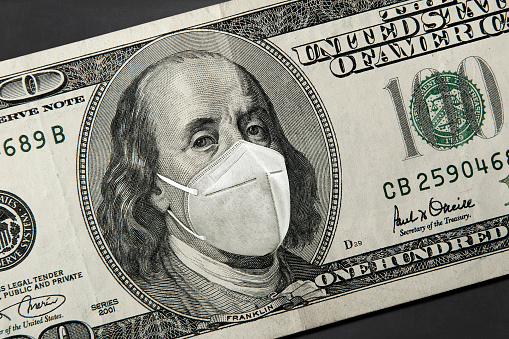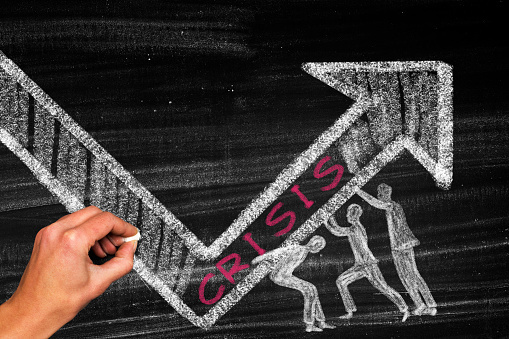What Has Been the World Bank’s Response to the Coronavirus (Covid-19)?

The COVID-19 crisis has taken a great toll on the human population, with approximately 15 million confirmed infections of COVID-19 and a death toll of around 600,000 people globally by mid-July this year.
As the pandemic continues to shift geographically, new infection hot spots are developing in third world countries, including South Asia and Latin America, as well as disturbing trends in some parts of Africa. A wave of second outbreaks is also arising in geographical areas that had witnessed progress in trying to combat new infections.
The social and economic impacts of the Coronavirus (COVID-19).
The social and economic impacts of COVID-19 are being felt worldwide: amid uncertainty, one sure thing is that people can foresee a changing world in the coming future. Many more people are falling into poverty as a consequence of Coronavirus. Well over one billion jobs are threatened globally, strengthening the need for enhanced safety nets for many informal workers. As third world countries race to contain the health pandemic, they must also find ways to mitigate the social and economic damage in addition to restructuring their development agendas so that these agendas can factor in this current pandemic.

World Bank’s response.
The World Bank has committed to doing all they can to assist different nations to put up a robust response to COVID-19 as well as putting down the requisite recovery plan after the pandemic has been eliminated or brought down to manageable levels. The World Bank has recognized that the far-reaching scale of the pandemic requires a truly extraordinary response. Already they are working with more than 100 middle and low-income nations to strengthen their health infrastructure and wide-scale pandemic response in addition to laying the foundation for recovery.
The World Bank plans to offer up to $160 billion in loans from April 2020 to June 2021, this is to mitigate the health crisis as well as containing the social and economic impact of the pandemic. This undertaking includes all the World Bank’s financing partners who have agreed to come on board and finance this endeavor, with around 2/3 of the financing coming from the public sector and the rest coming from the private partners.
There are 4 priorities for a fast, broad plan that the World Bank has put down:
I. Helping financially vulnerable households that have been exposed by the pandemic.
II. Protecting the poor
III. Help save businesses and jobs in order to ensure a smoother recovery phase in a post-Coronavirus world.
IV. Striving to build a resilient recovery plan once the pandemic is eliminated or brought down to manageable levels.
This is outlined in the World Bank’s operational tactic to the pandemic.
The pandemic requires World Bank involvement with urgent speed, selectivity, and scale. The World Bank’s ambition is to assist client countries and at least 1 billion people affected by the pandemic to reenergize the bank’s twin goals of ending abject poverty and bolstering shared prosperity globally.
The World Bank has organized its pandemic response across three steps:
I. Relief
II. Restructuring
III. Recovery.
The first entails the emergency handling of the health threat presented by Coronavirus and its immediate economic, financial, and social impacts. This has already kicked off through the offering of grants and loans to member countries in excess of $160 billion in order to mitigate the challenges brought about by the pandemic. In the second part, as countries begin to bring the crisis into manageable levels, the restructuring phase will focus on reinforcing health systems so that they can continue serving people and be better prepared in case another pandemic comes up in the future.
The third part which is the recovery phase involves helping countries construct a more inclusive, resilient, and sustainable future in a world that has been transformed by the COVID-19 pandemic.

Conclusion.
In dealing with this pandemic, international cooperation must adopt a new level of significance. The financing burdens are overwhelming and only through international cooperation can countries meet this challenge. Close working between the private and public sectors is also crucial.
Despite the adverse impact of this pandemic, with perseverance and firm support, most countries will be capable of reaching the recovery phase sooner than envisioned. And this makes it particularly important that developed nations begin thinking about how developing nations can rebuild even much better after the pandemic. It is a long shot, and countries will need a global coalition to counter the pandemic at a scale required to flatten the curve of infections and steepen the recovery curve.








